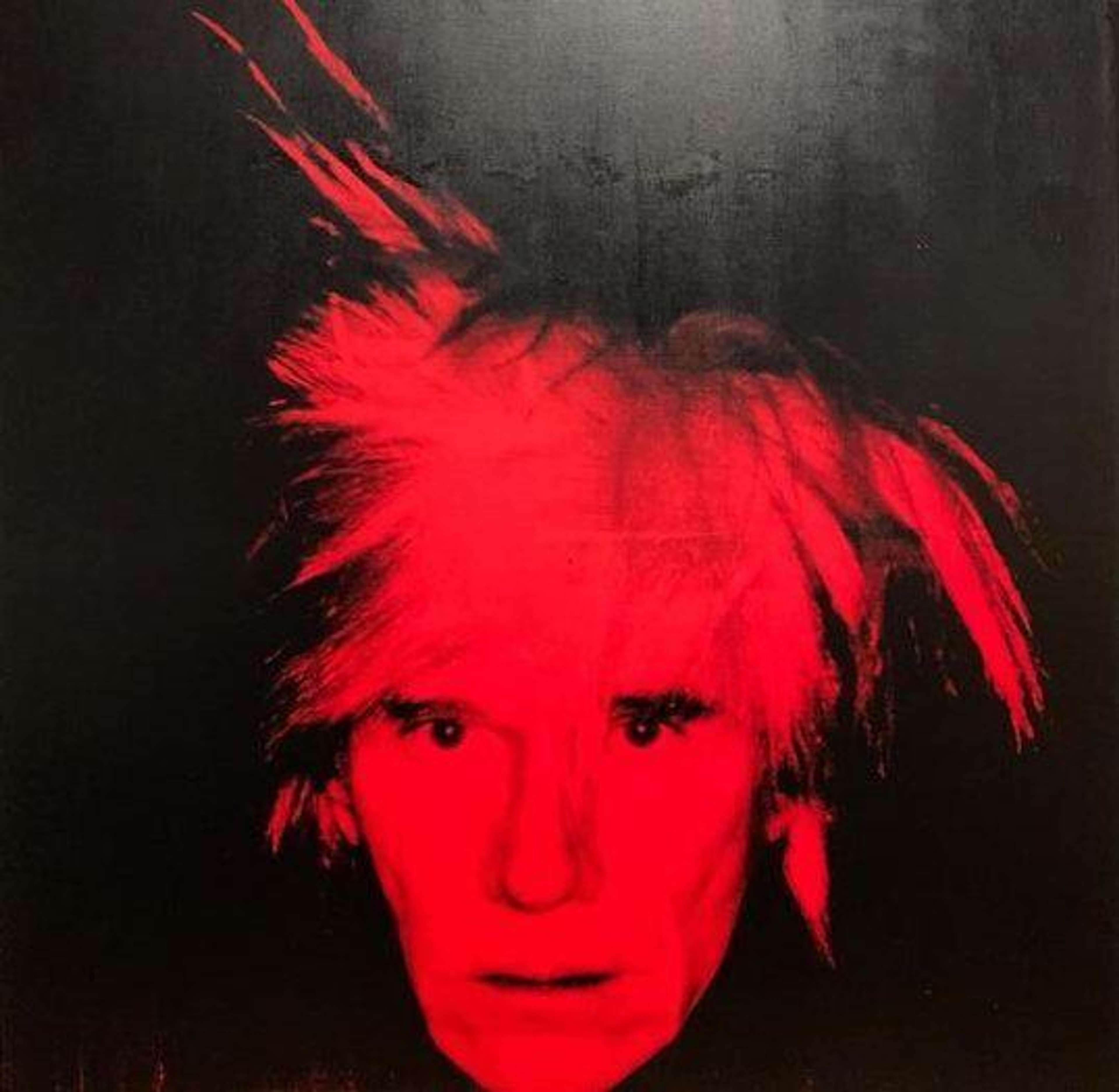Warhol's First Collaborator: His Mother, Julia Warhola
Andy Warhol famously collaborated with some of the biggest artists of the 20th century, from Basquiat to Mick Jagger. But his very first, and arguably most important, collaborator was much closer to home: his mother, Julia Warhola. The two lived together for over two decades, and Julia was a constant presence in Andy’s formative years - both as a parent, and as a creative partner who played a key, and extremely overlooked, role in shaping him as an artist.
Julia was born into a peasant Carpatho-Rusyn family. And at just 17, she married Andrew Warhola, who fled to the States in 1912 to avoid conscription into the Austro-Hungarian army during WW1. In 1921, she joined him in Pittsburgh, Pennsylvania. Julia and Andrew had three sons - Paul, John, and Andy - and it was in her youngest son that Julia recognised a unique talent, which she nurtured and supported throughout Andy’s life.
But Julia herself was no stranger to creativity. She loved to draw angels and cats, she embroidered, and she made faux flower bouquets from empty soup cans - many of which were eaten at the kitchen table by Andy. It was in this domestic setting that Andy became inspired by the ubiquitous products owned by practically every American household, undoubtedly laying the groundwork for his later obsession with these icons of consumerism.
Their artistic partnership flourished during the 1950s, after they moved to New York together. While living in an apartment on East 57th Street, they adopted a cat named Hester. Quickly finding that one simply wasn’t enough, they began adopting more until they ended up with a full cat colony: 25 in total. This whimsical arrangement gave rise to one of their earliest collaborations: a hand-bound book of lithographs titled 25 Cats Named Sam and One Blue Pussy. Andy created the illustrations, and Julia contributed her distinctive calligraphy that gave the book its charm. The name “Sam” appears next to almost every colourful cat except, notably, for Hester, who was granted the singular title as “one blue pussy.”
At this same time, Andy was making a name for himself as a commercial illustrator. His unique aesthetic, which combined block colouring, bold outlining, and Julia’s playful script, caught the attention of brands and editors. Andy turned to his mother for another project in 1955 when the I. Miller & Shoe Company commissioned him to make the series La Recherche Shoe du Perdu to market their relaunch, a clever nod to Proust’s In Search of Lost Time.
Each of Andy's camp kitten heels and stilettos was accompanied by Julia’s inscriptions, which sometimes described the visual appearance of the shoe, and at other times had a more whimsical tone to emphasise the distinct personality of each heel, which were just as unique as the women who might wear them: “You can lead a shoe to water but you can’t make it drink”
Julia’s captions helped elevate this campaign into a series for collectors, giving the shoes an animated quality and speaking to the importance of the consumer good in American culture - something that would become Andy’s hallmark.
Their collaboration continued in 1957 with A Gold Book, a portfolio Andy produced to send to potential employers during his early years. Once again, Julia’s handwriting accompanied these illustrations, giving the work a distinct but unpretentious feel, reflecting the tone Warhol himself aimed for in his own brand of pop culture commentary.
As Warhol’s fame grew, the nature of their collaborations changed. Julia took a step back from illustrating and began appearing in his experimental films. In Mrs. Warhol of 1966, she played an ageing movie star reminiscing about her many husbands, a surreal performance that blurred the lines between fiction and autobiography. Despite her devout Catholicism and traditional values, she remained supportive of her son’s lifestyle, his circle of Factory Superstars, and the boundary-pushing persona he carefully curated.
Julia returned to Pittsburgh in her later years, spending the last 18 months of her life in a nursing home. After her passing in 1972, Warhol created a poignant series of portraits of her - an act of remembrance that spoke to her lasting influence. She wasn’t just his mother; she was his first artistic collaborator and his creative equal.
Long before the celebrity portraits, the silkscreens, and the Factory parties, it was Julia Warhola who nurtured the young boy sketching at the kitchen table. And without her influence, encouragement, and talent, the Warhol we know today might never have existed.




















